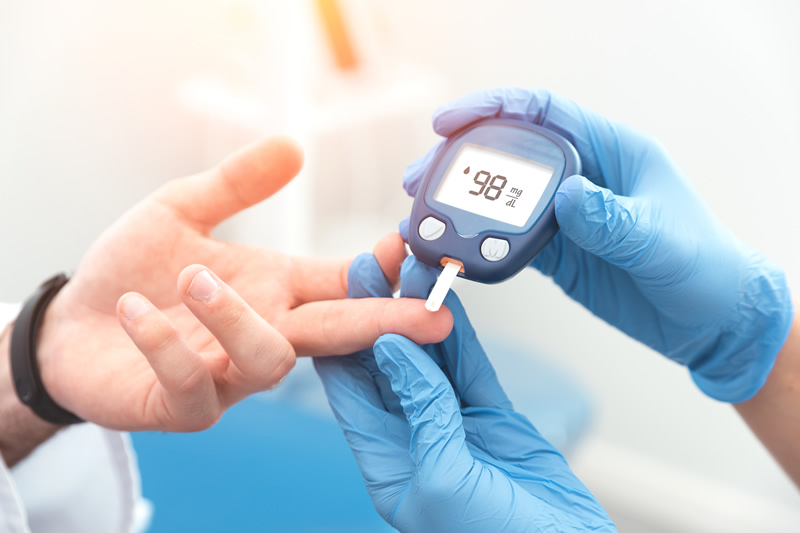The In Vitro Diagnostic Regulation (IVDR) is a new set of regulations introduced by the European Union (EU) to ensure the safety and performance of in vitro diagnostic medical devices (IVDs). These devices, which include everything from pregnancy tests to blood glucose monitors, are used to provide information about a patient’s health status by examining samples such as blood or tissue.
The IVDR, which replaced the previous In Vitro Diagnostic Directive (IVDD), came into full effect in May 2022, bringing with it a host of new requirements for IVD manufacturers. One of these requirements, which has significant implications for the language translation industry, is the need for comprehensive translation and localization of all product-related documentation.
The New IVDR Landscape
The IVDR introduces a risk-based classification system for IVDs, ranging from Class A (lowest risk) to Class D (highest risk). This new system means that a much larger proportion of IVDs now require a conformity assessment by a Notified Body, that is, an organization designated by an EU country to assess the conformity of certain products before they are placed on the market. Under the previous IVDD, only about 10% of IVDs required such an assessment.
Moreover, the IVDR places a stronger emphasis on post-market surveillance, requiring manufacturers to monitor their devices throughout their lifecycles. This means that regulatory documents will need to be updated frequently, necessitating ongoing translation and localization efforts.
The Role of Translation and Localization
Under the IVDR, all product-related documentation must be translated into the official languages of the countries where the devices are sold. This includes not only user manuals and labels but also technical documentation, clinical data, and post-market surveillance reports. Given that the EU has 24 official languages, this represents a significant undertaking for IVD manufacturers.
Moreover, the IVDR emphasizes the importance of patient safety, which means that translations must be accurate and clear so that users fully understand how to use the devices. This requires not only linguistic expertise but also a deep understanding of medical terminology and the specific context in which the devices are used.
TrueLanguage and our parent company Powerling have significant experience in medical and scientific translation and are well-positioned to help IVD manufacturers navigate the new IVDR landscape. We offer a range of services, from translation and localization to regulatory consulting, for facilitating manufacturer compliance with all IVDR requirements.
The Impact on the Translation Industry
We fully anticipate that the IVDR will significantly increase the demand for translation and localization services in this sector. However, the IVDR also presents challenges. As with any translation project, translators must have a deep understanding of both the source and target languages to provide high quality and accurate translations. However, in the case of IVDR-related translation, linguists must also have a firm grasp on the specific medical context.
This requires ongoing training and development, as well as rigorous quality control processes. Moreover, the dynamic nature of the IVDR, with its emphasis on post-market surveillance, means that translation is not a one-time task but instead an ongoing process. Medical manufacturers involved in the production of IVDs must have the ability to respond quickly to changes and updates. They will likewise require a high degree of flexibility and adaptability from their translation provider.
A Final Thought
The IVDR has brought significant changes to the IVD market in the EU, with far-reaching implications for the translation industry. While this presents challenges, it also offers opportunities for growth and innovation. Medical device manufacturers must rely on companies like TrueLanguage if they are to safeguard patients properly and navigate the new regulatory landscape successfully.
The IVDR Regulation followed the May 2021 updates to the Medical Device Regulation (EU MDR), resulting in a significant update to the regulatory framework for medical devices. For a closer look at those changes, check out our previous article here:


